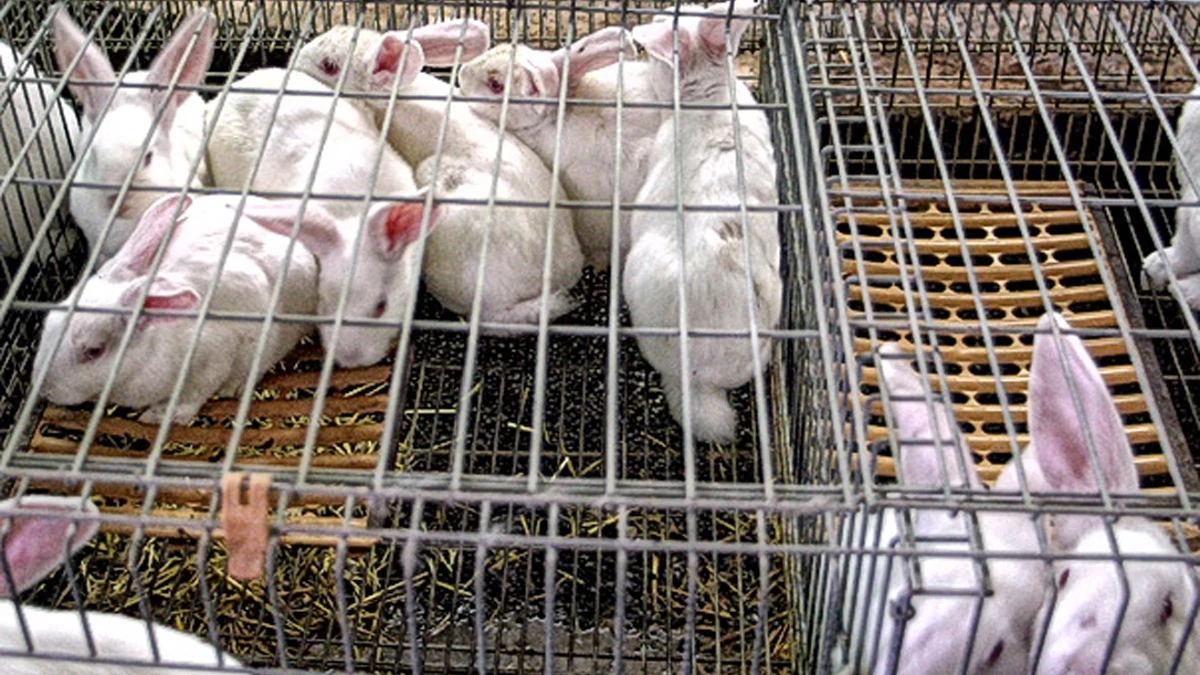“Given the abundance of undiscovered onshore gas resources in Romania, it is baffling that the Government of Romania has not changed its policies to encourage gas producers to increase their investment in the exploration and development of these resources. Given the right policies that would encourage increased investment in the development of onshore gas resources, Romanian gas production could grow to the point of not only eliminating the need to import Russian gas, but production could increase to the point of being able to export much needed gas to the rest of Europe, further reducing European demand for Russian imports and increasing European energy security,” Alexandra Damascan, president of Serinus Energy Romania told The Diplomat-Bucharest.
“Serinus Energy Romania is a small gas producer in the onshore Romanian gas market that is dominated by two large gas producers, Romgas and OMV Petrom who together account for around 95 percent of onshore gas production. This high concentration of gas production among only two gas producers does not reflect a competitive market. As a small producer, we must allocate our capital carefully to prospects and projects that we feel will earn an economic return given the risks. The company is proud that all of Serinus Energy Romania employees are Romanian citizens. We are very grateful for the incredible talents of our Romanian staff. While the company can be viewed as a foreign investor, we operate as a Romanian company.”
What are the goals and objectives of Serinus Energy in Romania?
“Serinus Energy has held the rights to explore and produce hydrocarbons in the Satu Mare Concession in northwest Romania since 2008. Over this time, the company has spent 60 million USD in exploration and the development of our Moftinu gas field, which started producing gas in April 2019. The goals and objectives of the company is to explore and develop new gas fields in the concession area. This requires a tremendous amount of investment to conduct seismic programs over large areas of the concession to identify possible reservoirs that may contain gas, and then to drill an exploration well to prove that the reservoir contains sufficient gas to allow the company to develop the gas field. This development requires the installation of surface facilities and the drilling of additional development wells. After taking on a significant amount of risk, successful exploration and development of new gas reservoirs will allow the company to grow by re-investing its profits to discovery more gas resources that can be developed.”
Can you provide an overview of Serinus Energy’s operations in Romania?
“Our company holds the rights to explore and produce hydrocarbons in the Satu Mare concession. This concession has an extent of 2,950 km2. The Satu Mare Concession area includes the Moftinu Gas Project which was brought on production in April 2019 and has produced approximately 9.4 Bcf and 93.4 million USD of revenue to the end of 2023. In addition to the Moftinu Gas Development Project the Satu Mare Concession holds several highly prospective explorations plays. The company drilled three exploration wells close to the Moftinu gas plant in 2021 and 2022, but unfortunately this did not result in the discovery of commercial volumes of natural gas that the company could economically produce. This is the risk that oil & gas companies face in exploring for hydrocarbons – spend millions of dollars and have nothing to develop. Therefore, for an oil & gas company to be successful, it must discover oil and gas resources that can cover the costs of not only the exploration and development of the discovered hydrocarbons, but also cover the costs of unsuccessful exploration efforts.”
How does your company differentiate itself from competitors in the local energy market?
“Serinus Energy Romania is a small gas producer in the onshore Romanian gas market that is dominated by two large gas producers, Romgas and OMV Petrom who together account for around 95 percent of onshore gas production. This high concentration of gas production among only two gas producers does not reflect a competitive market. As a small producer, we must allocate our capital carefully to prospects and projects that we feel will earn an economic return given the risks. The company is proud that all of Serinus Energy Romania employees are Romanian citizens. We are very grateful for the incredible talents of our Romanian staff. While the company can be viewed as a foreign investor, we operate as a Romanian company.”
What role does Serinus Energy envision for itself in the broader European energy market, considering regional trends and developments?
“It has been a turbulent two years for the European energy market. The war in Ukraine has significantly changed the European gas market as Europe pivots away from the importation of Russian gas. While the imports of Russian gas have fallen significantly since the start of the war, some European countries still import Russian gas, Romania being one of them. Given the significant amount of undiscovered gas resources in Romania, it is bewildering that Romania has to import gas at all. Why is this? Since 2013, onshore gas production has continually declined even though gas prices have been quite high in Romania and Europe over this period. The main culprit for the decline of onshore gas production is the disconnect between the fiscal costs imposed by the Romanian government on gas production versus the risks that companies face in exploring and producing new gas resources for the country. It is no coincidence that onshore gas production started to decline following the introduction of the Windfall Tax by the Romanian government. This tax takes such a significant amount of the revenue earned by gas producers that it renders exploration and development of new gas fields uneconomic. By not being able to grow onshore production, Romania remains beholden to importing gas from Russia which in turn helps Russia fund its war of aggression on Ukraine. Given the abundance of undiscovered onshore gas resources in Romania, it is baffling that the Government of Romania has not changed its policies to encourage gas producers to increase their investment in the exploration and development of these resources. Instead, the Romanian government continues with the status quo policies that maintain the country’s dependence on importing Russian gas (that doesn’t pay the Windfall tax) at the expense of Romanian and European energy security. Given the right policies that would encourage increased investment in the development of onshore gas resources, Romanian gas production could grow to the point of not only eliminating the need to import Russian gas, but production could increase to the point of being able to export much needed gas to the rest of Europe, further reducing European demand for Russian imports and increasing European energy security.”
With the global transition towards cleaner energy sources, how does Serinus Energy adapt its business model to remain competitive while addressing environmental concerns?
“Serinus Energy has long viewed natural gas as significant transition fuel towards the reduction in carbon emissions. Natural gas use should be encouraged as a replacement for coal-burning electricity production, as natural gas produces about half of the carbon emissions of coal for equivalent energy produced. This transition would contribute a significant amount of the carbon emission reductions needed to reach net-zero emissions by 2050. Serinus Energy also has instituted best practices where it employs the best technologies to reduce our carbon emission footprint. This includes the installation of solar power to meet the energy requirements of the Moftinu gas field.”
What are the key factors influencing investment decisions in Romania’s energy sector, and how does Serinus Energy evaluate and prioritize potential projects?
“Serinus Energy allocates capital to exploration and development opportunities that show an economic return that covers the risks the company has taken. When evaluating gas exploration prospects, the company must estimate the amount of gas it could expect to produce from the discovery and the chance of success, the price that gas could be expected to be sold, the amount of investment required to bring the gas onto production including potential unsuccessful exploration wells, the operating costs incurred during production, and lastly, the taxes and royalties paid to the government. All of these together would determine if a prospect had positive economics for the company to proceed with the investment. The impact of the onerous Windfall tax means that for any gas prospects to be economic they must be of a considerably larger size then would be the case if the Windfall Tax didn’t exist. This reduces the number of economic prospects that can identified and decreases the chance of finding a commercial gas field to develop. As previously mentioned, the Windfall Tax has resulted in a significant reduction in exploration and development of onshore gas resources and has resulted in onshore gas production in remaining to continue to decline.”
Looking ahead, what are Serinus Energy’s main objectives and strategies for growth and development in Romania and beyond?
“Serinus Energy Romania has constantly advocated to the Romanian government the need for changes to the fiscal regime in Romania to incentivize gas producers to increase their investments in gas exploration and development. Without these changes, it will be difficult for Serinus Energy to allocate capital to explore for gas and increase gas production for Romania consumers. As the Moftinu field production continues to decline, the gas field will eventually be exhausted and will be shut in. The amount of Windfall Tax the government would then earn from the company would be zero. Without changes to the Windfall Tax, the company would most likely switch the exploration focus on the Satu Mare concession to oil prospects instead of gas prospects, but these oil prospects would still need to compete for investment among the company’s other business units. There are many ways that the Windfall Tax could be changed without being eliminated and still provide enough incentive for gas producers to increase their investments in finding and producing more gas, of which the government would earn fair and growing fiscal returns from this increased investment. As production in Romania continues to decline and investment in exploration and development remains low, the amount the government earns from the Windfall Tax will continue to decrease over time while the cost of importing gas would increase. The amount the country pays annually to import gas is money that will flow out of the country. Imported gas doesn’t increase oil and gas employment in the country and doesn’t pay royalties and the windfall tax. One simple solution is to change the Windfall Tax to be the same as the tax imposed on offshore gas in Romania. This would incentivize oil and gas producers to increase investment and allow the government to earn significant revenues particularly during times of high gas prices.”





